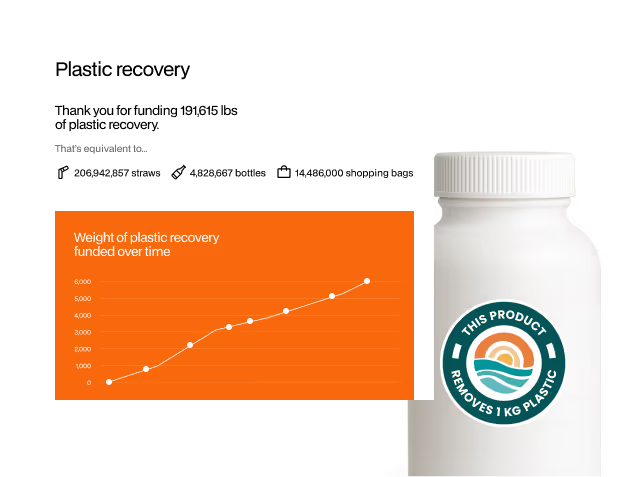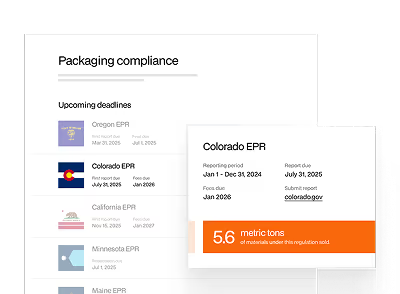1. Lyft
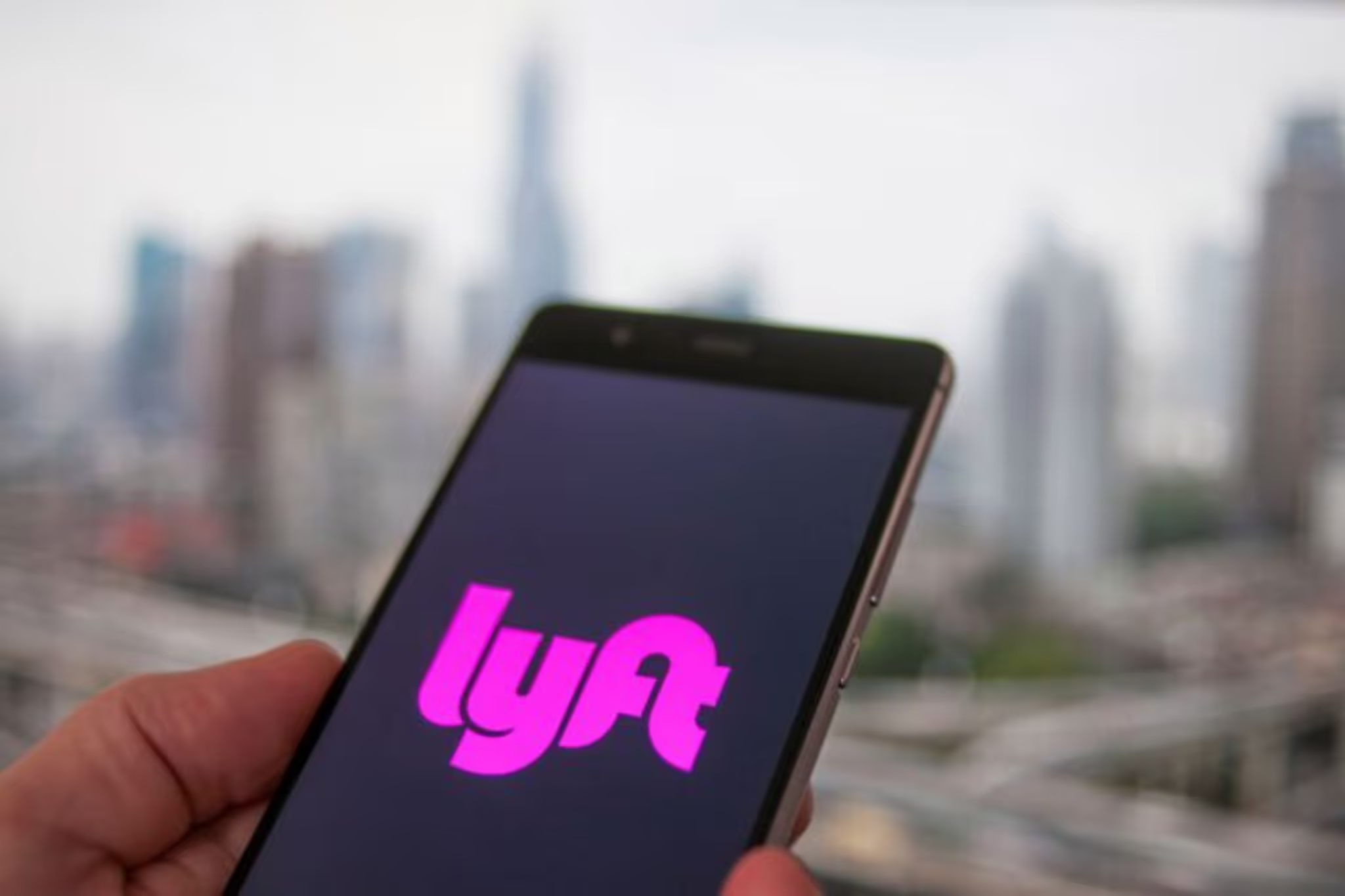
Founded in 2012, Lyft is now an $11 billion ride-hailing company, second in the industry to Uber alone. Lyft along with Uber has been criticized for contributing to emissions and increasing congestion, however, the company is taking steps to work towards better solutions. In 2017, the ride-sharing service shared its 2025 climate impact goals which also includes a switch to autonomous electric vehicles powered by renewable energy and reducing overall CO2 emissions in the transportation sector.
Riding Carbon Neutral
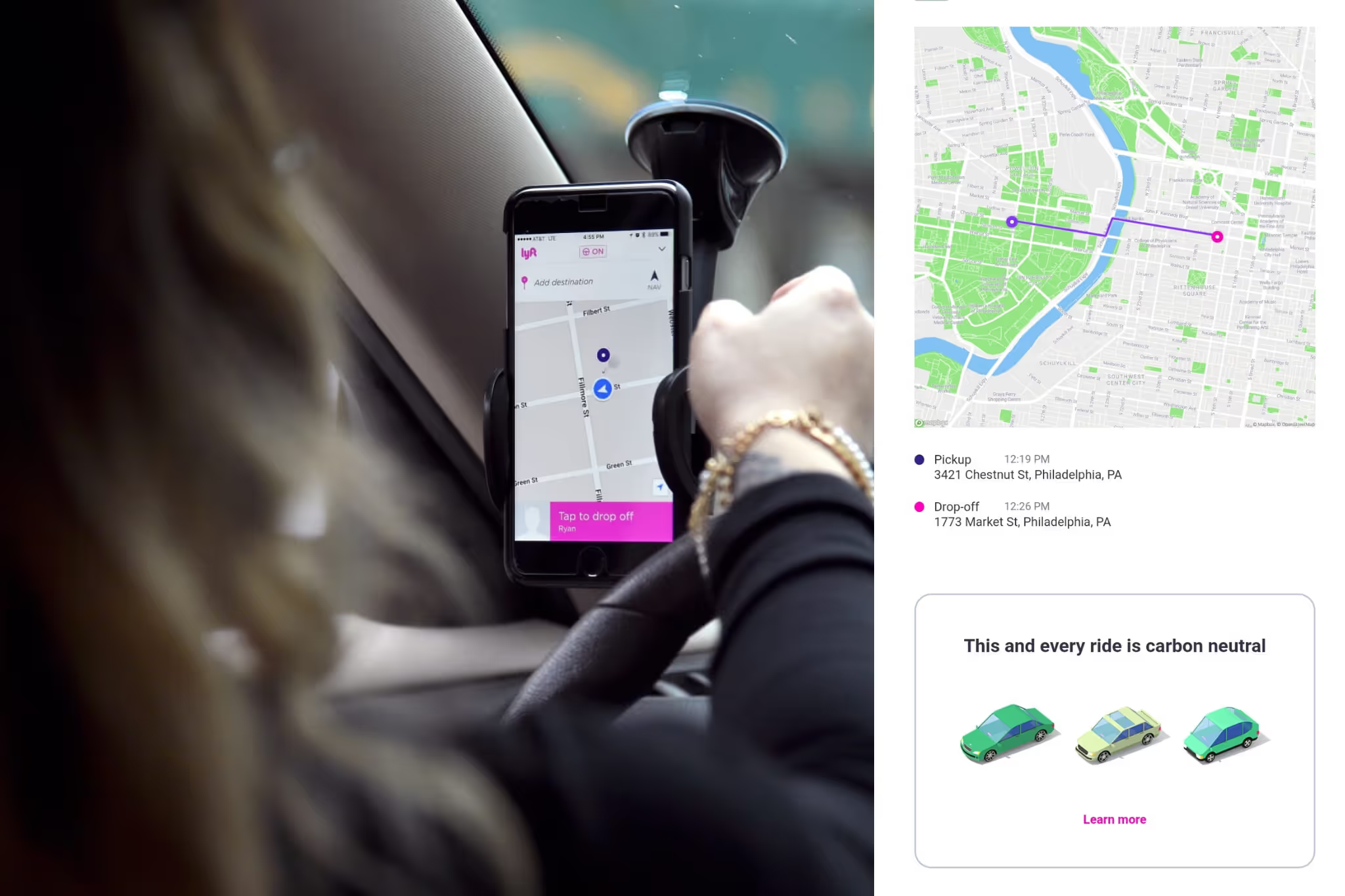
“Paul Hawken’s Ecology of Commerce demonstrates how industry and the environment do not have to be at odds, and if we work to find the right solutions, the two can (and must) work together.” This excerpt from the Lyft co-founders’ carbon neutral announcement communicates the drive behind the company’s sustainable initiative.
To take their concern for the environment and communities one step further, Lyft also took on a multi-million dollar investment to make all their rides carbon neutral. Their carbon-neutral pledge directly funds emission mitigation efforts, including the reduction of emissions in the automotive manufacturing process, renewable energy programs, forestry projects, and the capture of emissions from landfills. By 2019, Lyft spent well over $2 million on carbon credits. This is equivalent to 2,062,500 metric tons of carbon – the amount Lyft estimates it emits across its entire operations.
Takeaway – Brand Image Harmony Earns Customers
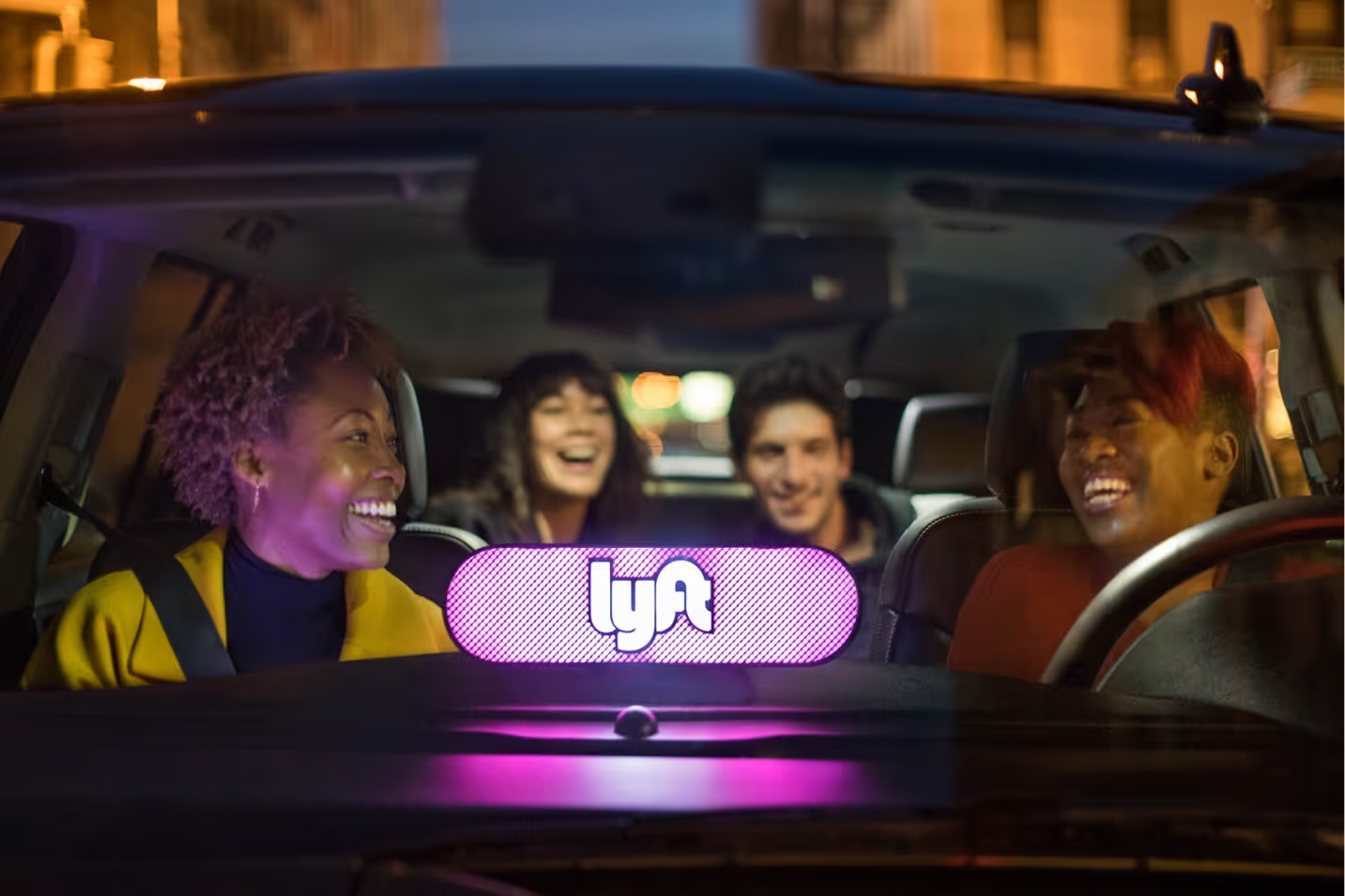
The effort to go carbon neutral falls in line with Lyft’s larger marketing strategy. The ride-sharing app has consistently focused on friendly, easy-going community-based messaging. This marketing angle has largely contributed to its success. In 2017, Lyft was in control of a third of the US ride-sharing market while Uber was losing part of its own.
This initiative creates a strong association in the minds of the consumer – Lyft cares about offering its riders the best possible option. In turn, this large scale perception snowballs into greater customer retention and acquisition rates.
2. Patagonia
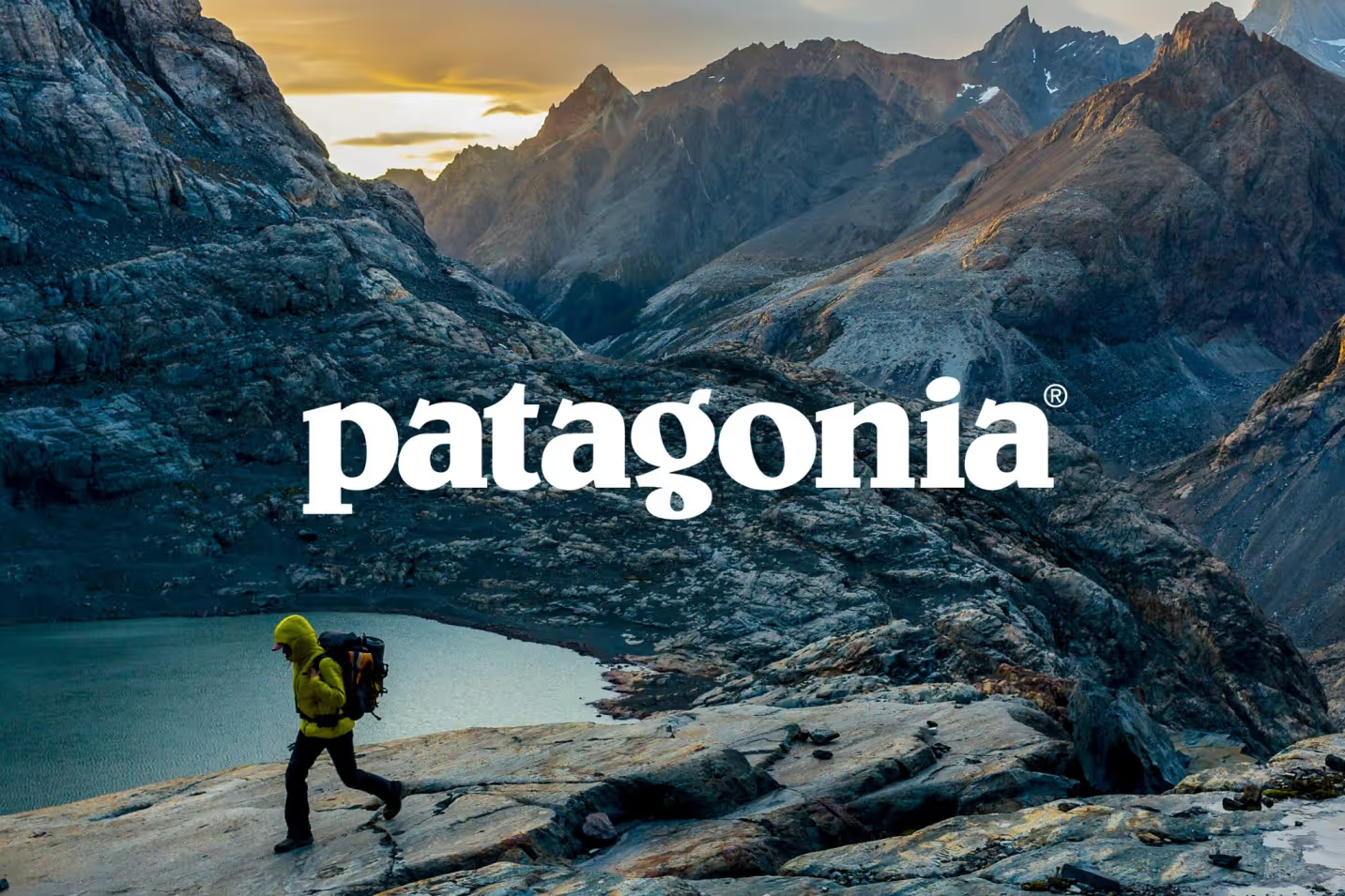
The founder of Patagonia, Yvon Chouinard, built the outdoor clothing brand with the clear vision to protect nature. Since the company’s advent, this steadfast mission has translated into cuts of their profits being donated to worthy environmental causes, switches to organic cotton, LEED Certified buildings, FSC Certification, 1% for the Planet Organization, and Common Threads Garment Recycling Program to name a few.
Buy Less, Use More
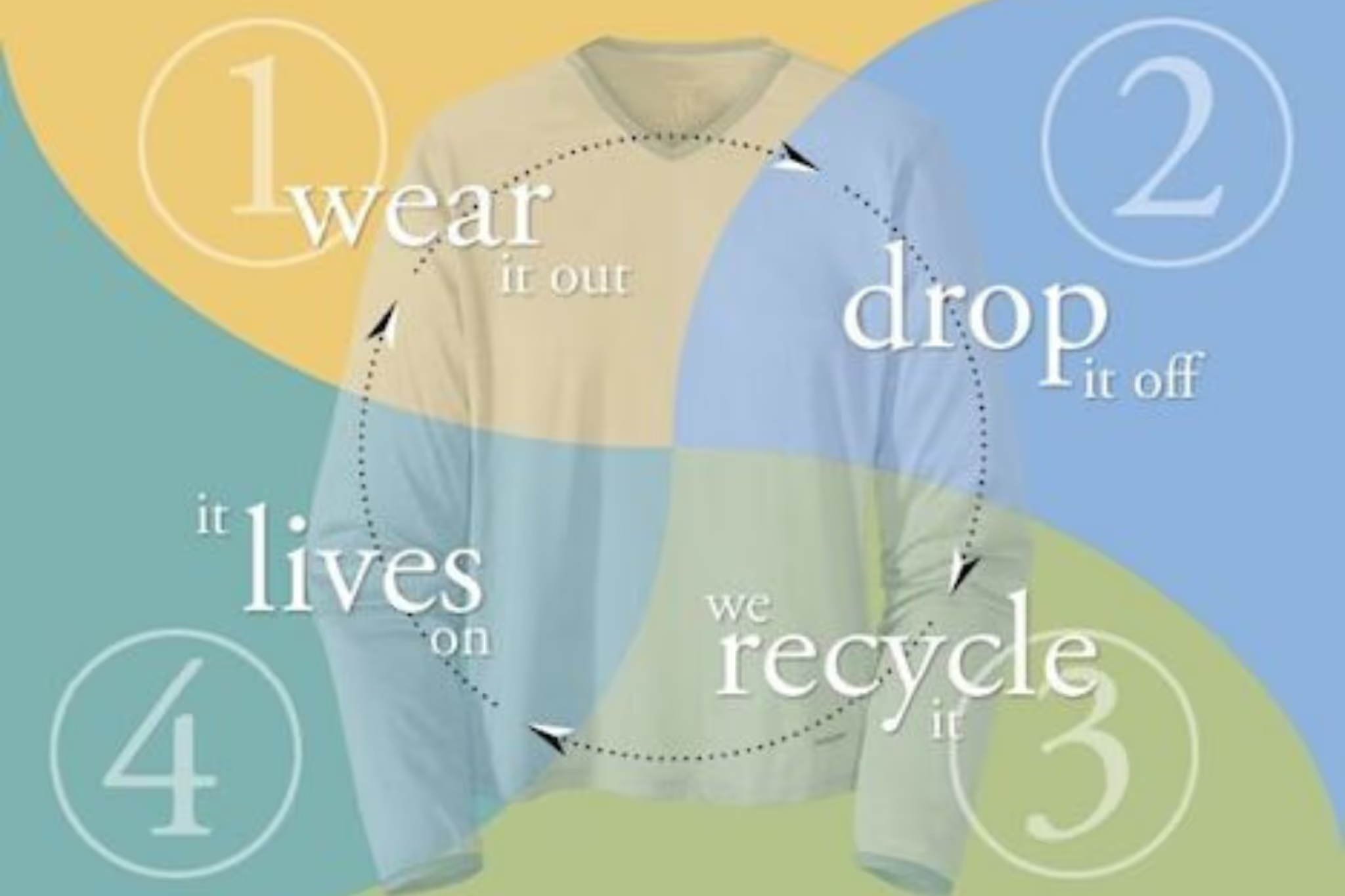
Patagonia’s Common Threads Recycling Program took back 45 tons of clothes for recycling from their customers and made 34 tons into new clothes. To build on this bold initiative to make all their clothes recyclable in 5 years, Patagonia launched their The Common Threads Initiative (2011) that encouraged consumers to repair and reuse their clothing rather than disposing of it, returning them for recycling or replacing them once worn out. The bold initiative sprouted from the insight that recycling is not the solution – reducing it. Marketing efforts for the initiative were geared towards encouraging higher quality products with longer shelf lives over those that might wear out quicker. For those that do wear out, Patagonia offered a free customer repair service that keeps their products in the loop for longer.
The brand put out “Don’t Buy This Jacket” ads that actively discouraged their audience from purchasing their products. The risky but refreshing angle earned them a massive PR splash. The marketing community expected the initiative to cause a steep decline in Patagonia’s sales.
Takeaway: Genuinity Earns Goodwill
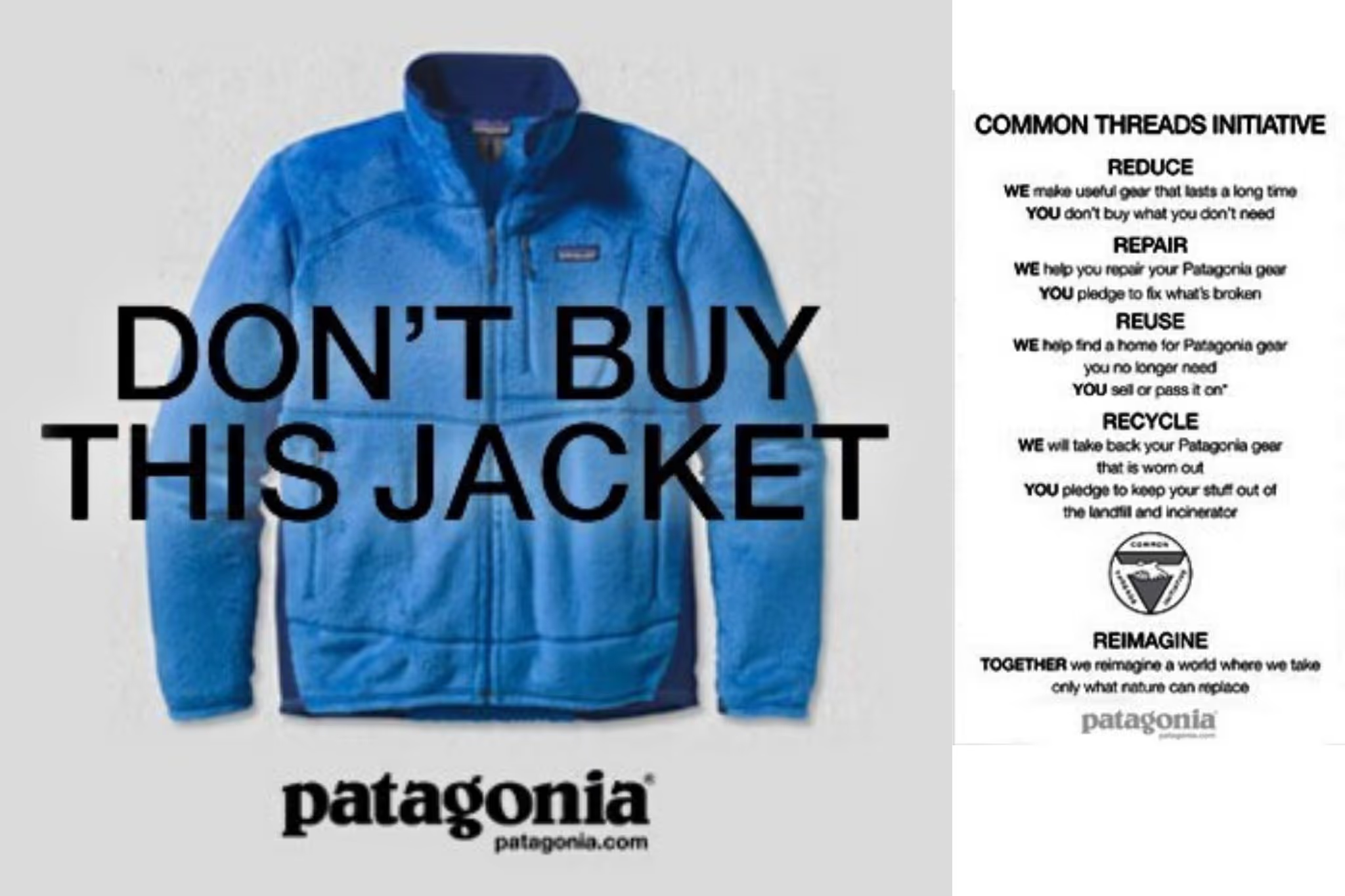
Contrary to these predictions, the campaign was at the core of the greatest success the brand had seen in 2 years. The initiative repaired more than 30,000 items in 18 months. Sales increased by 30% to $540 million in the following year.
When questioned on the forces behind this success, Rob BonDurant (Vice President on Global Marketing) said “The discerning consumer targeted by Patagonia will be more likely to buy one of the company’s (relatively pricey) fleeces rather than those of its (mostly cheaper) rivals. And that fleece will last for years, so avoiding the need to buy replacements every other season or so. Patagonia even offers a free repair service to discourage you from chucking it in the bin liner as soon as it gets frayed or torn. Hence, while Patagonia itself sells more stuff, the argument goes, the overall volume of stuff sold goes down.”
3. Danone:
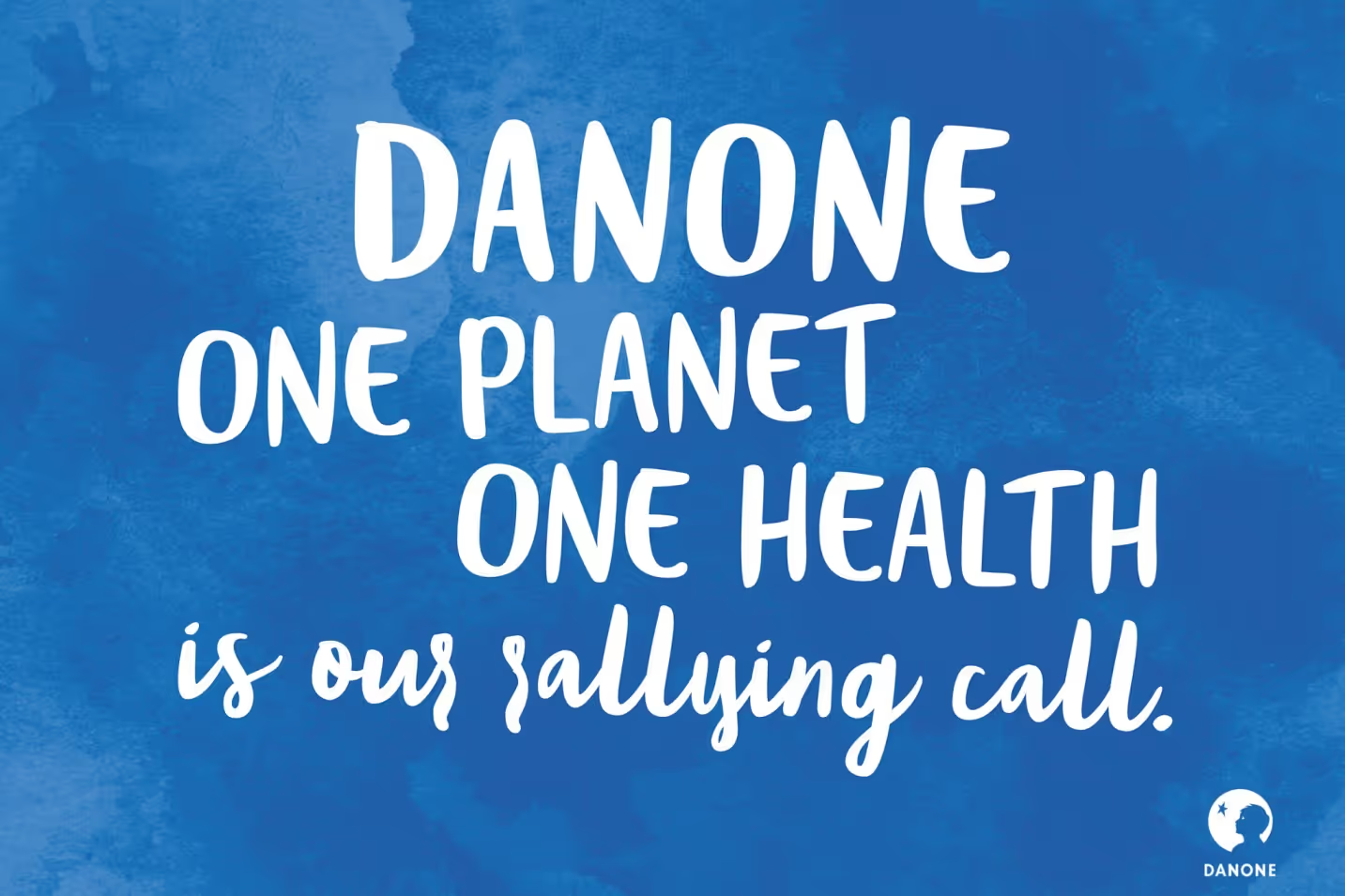
Danone is a leader in a global food and beverage industry, offering product lines ranging from dairy and plant-based products to water. Danone also happens to be a brand with one of the largest plastic footprints, which has been heavily criticized. However, through meticulous efforts and conscious initiatives, the company has built a strong brand on sustainable food values. Given their wide product range, their sustainability policies are also varied enough to complement their widespread impact. “It is increasingly vital for companies and brands to realize that the path ahead is one of technological investment, sustainable development, and high quality in all aspects of product production, packaging included”, says the CEO Andreas Ostermayr.
Finding Sustainability Strategies That Work For You
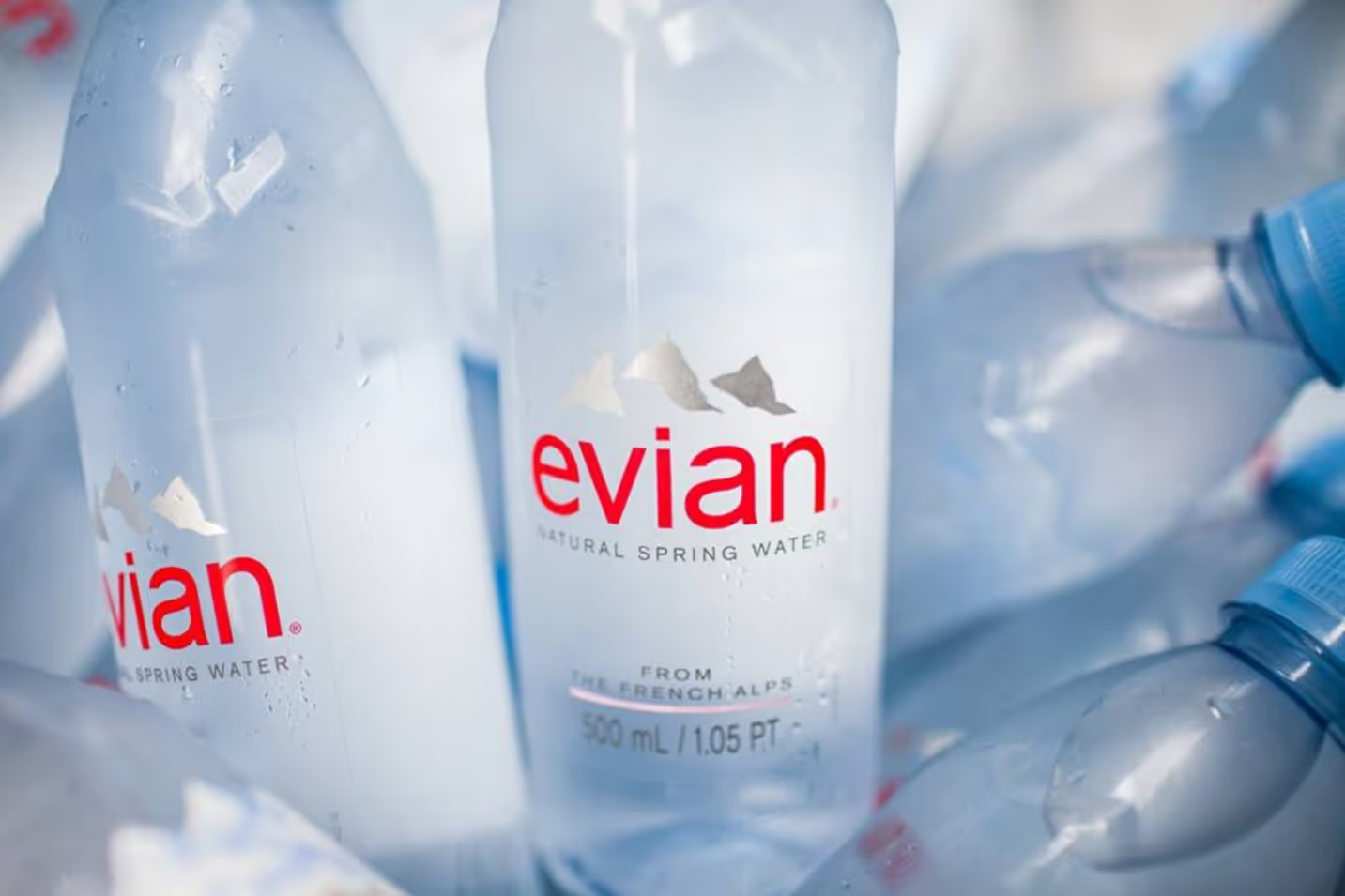
According to Danone’s CEO, Emmanuel Faber, “Consumers are craving change. They expect large organisations like Danone to bring our scale of impact to change the world for the better.” Danone took multiple strides in the sustainable direction in 2018. They introduced new plant-based products, made drastic changes to their packaging and announced their 2030 sustainable goals to green their products even further.
As of 2018, 87% of Danone’s total packaging (and 77% of its plastic packaging) was reusable, recyclable, or compostable. At Least 50% of its water volumes are sold in reusable jugs. The F&B giant is taking greater strides toward the circular packaging model with the following goals
Launch 100% recycled PET bottles in all our major water markets (by 2021)
Reach 25% of recycled material on average in plastic packaging by 2025, 50% on average for water and beverage bottles, and 100% for Evian bottle (by 2025)
Offer consumers bottles made from 100% bioplastic.
Beyond the packaging phase of implementing a circular economy, Danone has also emphasized the importance of investing in the infrastructure of waste management systems. Danone and the Danone Ecosystem Fund have launched projects to support waste pickers in 7 countries. Through this project, they have ensured safe working conditions, appropriate wages, and social protection. By 2018, close to 6,000 waste pickers were professionally empowered, and more than 45,000 tons of waste were recycled yearly. To further express their support for the circular economy model, they invested $5 million dollars in the Closed Loop Fund to finance the recycling and circular economy infrastructure across North America.
Danone’s annual progress report proves that their efforts to make sustainable improvements did not go unnoticed.
Takeaway: Environmental Impact Reporting is Key

The transparency with which Danone regears their supply chain and takes on new environmental commitments shows their dedication to delivering the best customer experience possible. Their effort to make their products and processes sustainable is driven home through their consistent communications. The in-depth reports and PR announcements on initiatives taken to help their consumers lead more sustainable lives help build the association of customer consideration. By keeping their consumers in the loop, the brand has established a deeper connection with them. The consumer has every reason to believe that the company really does want what is best for their own health.
The more Danone experiments with environmentally beneficial innovations and communicates the same with their consumers, the more appealing the brand grows. They have made commitments related to carbon emission reduction, sustainable product packaging, food security, sustainable agriculture, and more. The increasing number of commitments to newer environmental innovations serves as a testament to their higher vision of providing consumers with the best possible product and consumer experience.
It’s not just these huge companies that can incorporate sustainability into their practices. If you’re a small company but are passionate about the world’s sustainability progress check out our blog on Ways Small Businesses Can Win Big With Sustainability CSR here.
We have developed a solution to turn your business’s waste practices sustainable through our Plastic Neutral platform. For every kg of plastic you use in operations and packaging, we recover and recycle an equivalent amount with our verified impact partners. We also help you market your Plastic Neutral Certification so that you realize all the benefits of investing in sustainability as soon as you join us. Sign up for a 30-minute free consultation at www.business.repurpose.global/contactus and start your company’s journey towards Plastic Neutrality today.


.jpg)
.avif)
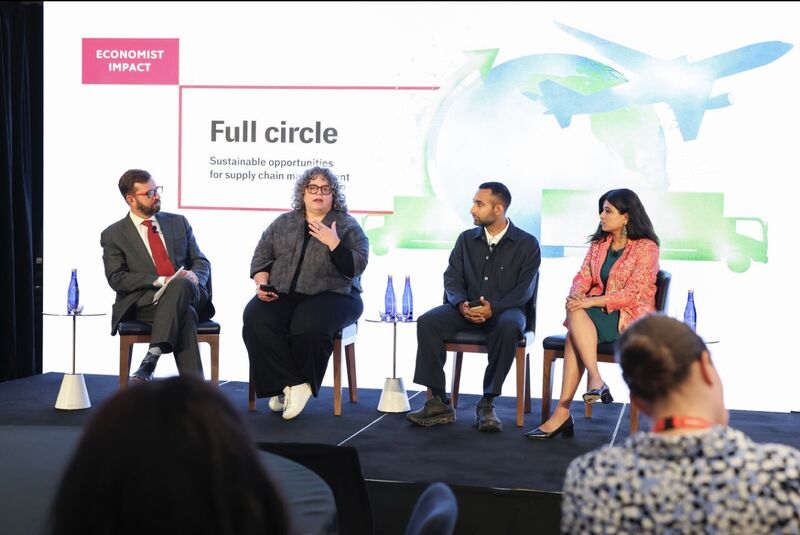
.jpg)




